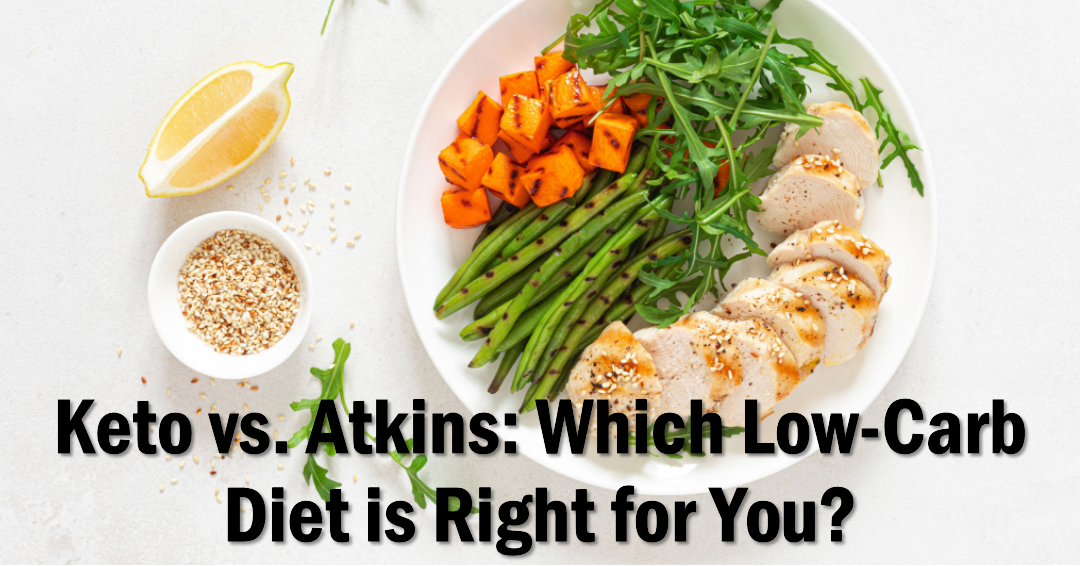When it comes to low-carb diets, two names often come up: the Keto diet and the Atkins diet. Both have been lauded for their potential health benefits, including weight loss and improved blood sugar control. But how do they differ, and which one might be right for you? Let’s dive in.
Understanding the Basics
The Keto diet and the Atkins diet are both low-carb diets, but they have different philosophies and approaches. The Keto diet focuses on high fat, moderate protein, and very low carb intake, aiming to push your body into a state of ketosis, where it burns fat for fuel instead of carbohydrates. This can lead to rapid weight loss, among other benefits.
On the other hand, the Atkins diet, while also low-carb, is more flexible. It starts with a very low carb phase, similar to keto, but gradually adds carbs back into the diet as you reach your weight loss goals.
The Role of Carbohydrates
In the Keto diet, carbohydrates are severely restricted to about 5-10% of your daily caloric intake. This is to maintain ketosis, a metabolic state where your body burns fat for energy instead of glucose. This can lead to significant weight loss and improvements in various health markers.
The Atkins diet, however, starts with a low-carb phase (20 grams of net carbs per day), but gradually increases the carb allowance as you progress through its four phases. By the final phase, you could be consuming up to 100 grams of net carbs per day, depending on your personal tolerance.
Health Benefits and Considerations
Both diets can lead to weight loss, improved blood sugar control, and other health benefits. For instance, the Keto diet has been linked to improvements in insulin resistance, which can be beneficial for people with type 2 diabetes or prediabetes.
The Atkins diet, while also effective for weight loss, may be easier to follow for some people because it gradually reintroduces carbs, making it more flexible in the long run.
However, both diets require careful planning to ensure nutritional adequacy. For example, because the Keto diet is so low in carbs, it’s important to know what not to eat to maintain ketosis.
The Verdict
So, which diet is right for you? It depends on your personal health goals, dietary preferences, and lifestyle. If you’re looking for rapid weight loss and don’t mind a strict diet, the Keto diet might be a good fit. If you prefer a more flexible approach that still emphasizes low-carb eating, the Atkins diet could be a better choice.
Remember, before starting any new diet plan, it’s important to talk to your healthcare provider or a registered dietitian to ensure it’s a good fit for your individual health needs and goals.
In the end, whether you choose Keto, Atkins, or another dietary approach, the key to long-term success is finding a plan you can stick to and that makes you feel good both physically and mentally. After all, the best diet is the one you can maintain in the long run.
Remember, your journey to better health doesn’t stop here. Continue exploring
the world of health and wellness with our other articles on topics like intermittent fasting, understanding diabetes symptoms, and the importance of HbA1c.
Remember, the journey to better health is a marathon, not a sprint. It’s about making sustainable changes that you can maintain in the long run. So, whether you’re considering the Keto diet, the Atkins diet, or any other dietary approach, make sure it’s something that fits into your lifestyle and that you can stick with.
For a more in-depth understanding of these diets and other health-related topics, explore the rest of our blog.

